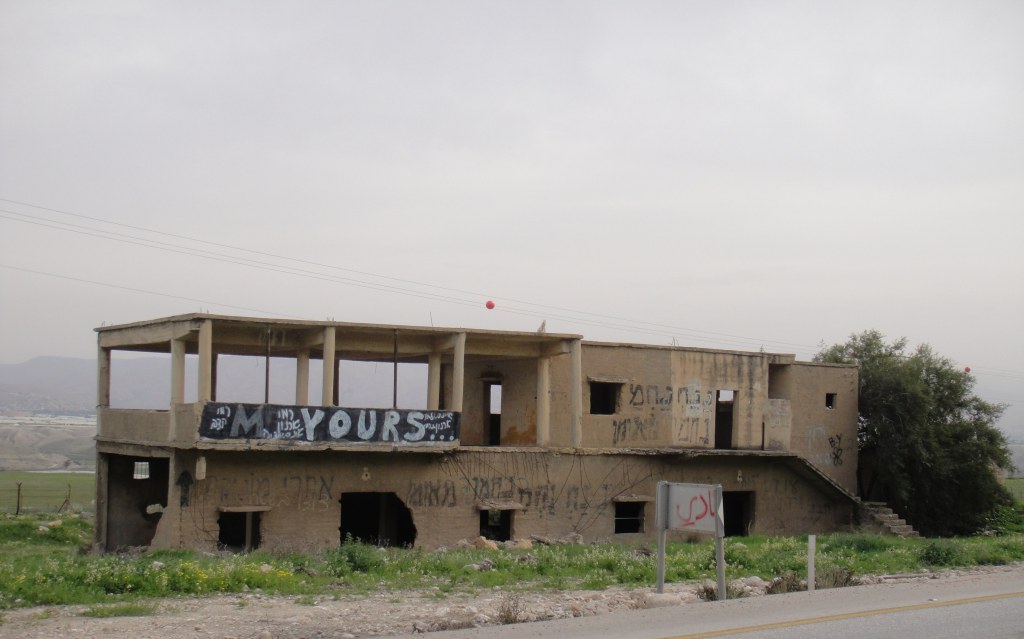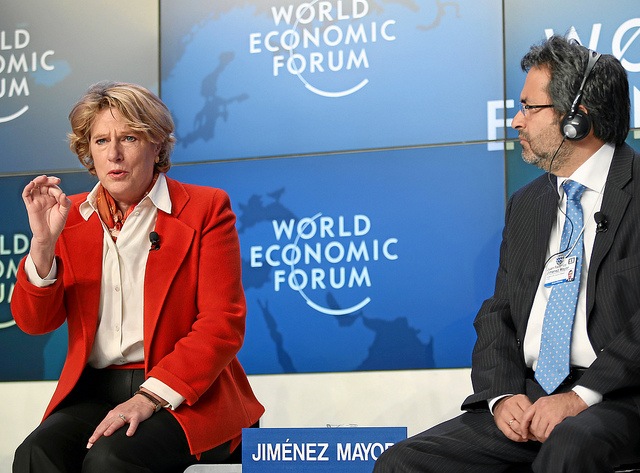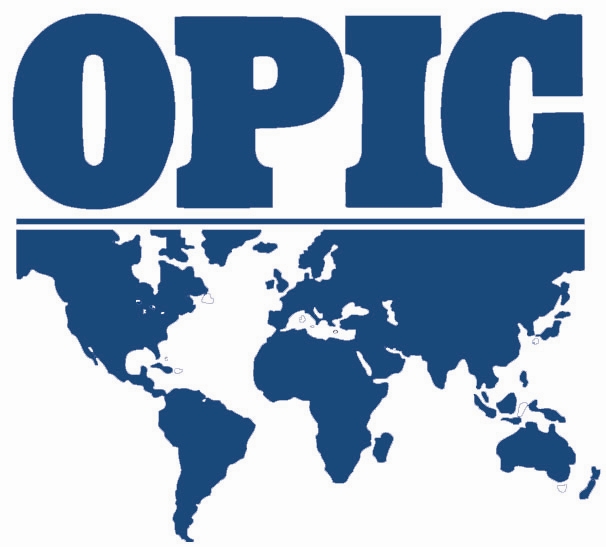Sept. 23, 2013 original publish date
July 23, 2014 minor updates

U.S. Government Financing $313 Million Foreign Mortgages & More
original article written by Net Advisor™
EXCERPT: The U.S. “independent” corporation called OPIC invests billions in overseas projects. I analyzed some of OPIC’s numerous claims including their profitability, foreign ownership of U.S. projects, influenced by political agenda, and financials that are disputed here.
WASHINGTON, DC. Many people might have not heard of the government agency called, The Overseas Private Investment Corporation or “OPIC.” It is the U.S. government’s financing arm to invest money into projects outside the United States to countries that the U.S. wants to develop or help develop in some fashion.
“The Overseas Private Investment Corporation (OPIC) is the U.S. government’s development finance institution.
OPIC supports U.S. foreign policy objectives by encouraging development in regions that have experienced instability or conflict, yet offer promising growth opportunities, such as the Middle East and North Africa, sub‐Saharan Africa, and Southeast Asia.”
— Source: OPIC Wikipedia entry (Accessed 09-02-2013) (PDF Highlight added)
[1] OPIC Takes Risk That Traditional Banks May Not Touch
OPIC makes investments where traditional banks may not be as likely to lend due to mitigating risks such as economic, political, or other issues of not likely having the loan repaid in full (PDF, P2).
[2] Is U.S. Small Business Really OPIC’s Priority?
OPIC insists that its priority is to loan to American small business, and OPIC claims that eighty percent of its projects reflect such (PDF, P2). OPIC says that to qualify for a loan or grant a small American business need only to own twenty-five percent of the overseas project.
Thus, 75% of the “U.S. small business” that OPIC invests in may be owned by a foreign entity. Does that sound like supporting “U.S. small business?” OPIC is also willing to finance up to 65% of the total projects costs (PDF, P2).
[3] U.S. Government Financing $313 Million in Foreign Mortgages
OPIC has some controversial investments. One might argue why are we investing billions in overseas projects such as housing when we can’t (or not willing to) provide sufficient housing for our own people?
We could use some of that money for a homeless shelter, or clean up street crime in most major cities such as Chicago, IL or Oakland, CA. Perhaps we could provide air-conditioning in public schools in cities that are very hot, especially in year-round schools. Instead the U.S. spends billions arming Egypt and Syria for example.
In 2013 the U.S. General Accountability Office (GAO) found that OPIC committed $313 Million for mortgages to low and medium-income borrowers in the West Bank.
“…Overseas Private Investment Corporation (OPIC) along with PIF (Palestine Investment Fund) and other entities have committed to lend $485 million to the Affordable Mortgage and Loan Company (AMAL) to support mortgages for low- and medium-income borrowers in the West Bank. OPIC has committed to lend about $313 million…”
— Source: GAO July 2013 Report, page 1 PDF (42 pps)

[4] U.S. Financial Aid for Palestine
Other U.S. government agencies such as USAID who employs nearly 4,000 people have also provided substantial financial assistance to Palestine including $1.3 Million for education scholarships during 2010-2013. The GAO stated that OPIC and USAID “vetted” recipients of funds before processing them to the end user.
As someone who brought a material money laundering case to U.S. Secret Service involving non-U.S. citizens illegally using a number of major U.S. financial institutions to commit their crimes, I can tell you that it would be very easy to launder this money into the wrong hands if ill intent was there.
To say that OPIC, USAID or whoever can lend, grant (scholarship) millions or in total billions of dollars to people who cleared some watch list, and who live in areas of the world where corruption is like breathing air is in my view a complete fantasy. There will always be loss, risk of loss, and some of this money will end up with ill intent.
OPIC is investing in home mortgages in Palestine that is located in a 67-year-old war zone. The U.S. Secretary of State, John Kerry (D-MA) seems to have this fantasyland economy in Palestine as we discussed in this report.

[5] Who is Running OPIC? Background on OPIC’s President/ CEO
OPIC’s President and CEO Elizabeth L. Littlefield was appointed by President Obama in 2010. Ms. Littlefield previously worked at JP Morgan including in the public and private financing for foreign governments. She was a Director for the World Bank‘s Financial and Private Sector Division. Ms. Littleton also serves on President Obama’s Export Cabinet, and is the Chairperson of the World Economic Forum’s Global Agenda Council on Social Innovation (Source: OPIC, PDF).
Amongst Ms. Littlefield’s activities include her participation with then Secretary of State Hillary Clinton at the United Nations Earth Summit in Rio de Janeiro in what was also known as this highly controversial UN plan called, “Agenda 21” (Video).
[6] Is OPIC Really That Profitable?
On page 4 of the OPIC 2012 Annual Report (PDF) it colorfully states that they had net income of $272 Million.
[7] Quick Analysis of OPIC’s “Profits”
When you get past the “letter from the president” (PDF, page 3), the glossy color ‘advertisements’ which is as far as they would want you to read, it wasn’t until page 38 where we did a little forensic analysis on just part of OPIC’s financials.
OPIC’s largest source of income in 2012, $198,699,000 was from investment interest financing and fees. We also found that OPIC’s 2nd largest revenue source in 2012 was from interest it receives from holding U.S. Treasury securities (owning bonds of U.S. debt). The amount of interest from owning U.S. debt was $162,113,000 in 2012 and $170,364,000 in 2011 (PDF, OPIC official report P36, PDF locator page 38. Highlight added).
This finance gets a bit tricky. Whatever amount of money that OPIC did not fund, it must be funded by borrowing from the U.S. Treasury (PDF, OPIC official report P41, Note (6), PDF locator page 43). There is a cost of interest paid back to the U.S. Treasury for borrowing this money. OPIC says expenses were <$90,547,000> in 2012 and <$80,824,000> in 2011 (PDF, OPIC official report P36, PDF locator page 38. Highlight added).
Thus for 2012, OPIC’s net income (how much they made after expenses) was $272,570,000. The issue here is that the majority 59.48% of OPIC’s 2012 profits was due to holding U.S. government bonds (treasury securities). In other words, $162,113,000 of OPIC’s profits came from interest earned on U.S. Treasury securities and not from foreign investments.
59.48% of OPIC’s 2012 profits was due to holding U.S. government bonds (treasury securities)… and not from foreign investments.
Now this accounting may be legal, and correct, but in our view we were able to factor out nearly 60% of their profits as not being from foreign investments looking at just couple items. To say that OPIC is profitable because of their foreign investments is misleading because 59.48% of their profits have nothing to do with foreign investments.
[8] Sample OPIC Investments Look a Lot Like Obama’s Green Agenda
President Obama doesn’t exactly have the best success record when it comes to “Green Energy” investing. These projects have been costly to taxpayers or have ended up in bankruptcy; there is one exception. Let’s take a look at President Obama’s (OPIC’s) pet projects oversees:
- 2013-06-14 Financing for Wind Farm in Uruguay (up to $96 Million)
- 2013-05-08 $100 Million Investment in Paladin Realty’s 4th Latin American Fund. This fund encompasses to build up to 12,000 “affordable homes” in Latin America. No chance for “affordable homes” in the U.S.A.? How about one homeless shelter? A living place for our challenged military Veterans maybe?
- 2013-02-27 Home Improvement Loans for Low-Income Cambodians (No chance that U.S. government will give its citizens a low-cost home improvement loan?)
- 2012-12-20 $150 Million for Investment in African Priority Sectors (ie: U.S. retail bank call center jobs being exported to India – again).
- 2012-11-28 U.S – African Clean Energy (advanced by Hillary Clinton at UN Rio Climate Summit)
- 2012-09-13 $360 Million for Consumer Populations in Africa, Indonesia & Russia (Yes, we are investing in that underdeveloped 3rd-world country called Russia?)
- 2012-06-17 $185 Million for Two Solar Power Projects in Peru (those solar projects didn’t work out too well in the USA, let’s repeat that in Peru?)
So they is plenty of money for foreign ideological projects that have not worked well in the U.S.
[9] OPIC Claims to Support American Jobs
OPIC claims (page bottom) it has supported (exactly?) 276,000 American jobs (since 1971). That works out to be about 6,571 jobs per year. The only problem is OPIC makes this blanket statement with no evidence or mathematical reasoning to back it up. Therefore until OPIC can back up their data that can be independently verified and calculated, we would dispute this claim.
[10] OPIC is Not Self-Sustaining. There is a Cost to Taxpayers OPIC Ignores.
OPIC also claims (page bottom) that it operates on a “self-sustaining basis at no net cost to American taxpayers.” Hold on to that idea while we poor some fresh Kool-Aid. According to OPIC’s own 2012 report, employees of OPIC are covered by government pension(s).
“OPIC’s permanent employees are covered by the Civil Service Retirement System (CSRS) or the Federal Employee Retirement System (FERS).”
— Source: OPIC Official Report (PDF, P45, Note (15) Pensions, PDF locator page 47).
Those in the Federal Employee Retirement System (FERS) not only get a pension from FERS, they also get a Social Security pension too. These funds are paid for by the U.S. taxpayer and NOT OPIC. Thus, OPIC does not account for its life-time employee (FERS) pension costs because it doesn’t pay for them.
Thus to say OPIC does not cost U.S. taxpayers money would be grossly misleading.
OPIC Official Annual Reports:
GAO Report OPIC
- July 2013 (PDF, 42 pps)
World Economic Forum image may be copyright by their respective owner.
Original article content, Copyright © 2013-2014 NetAdvisor.org® All Rights Reserved.
NetAdvisor.org® is a non-profit organization providing public education and analysis primarily on the U.S. financial markets, personal finance and analysis with a transparent look into U.S. public policy. We also perform and report on financial investigations to help protect the public interest. Read More.


